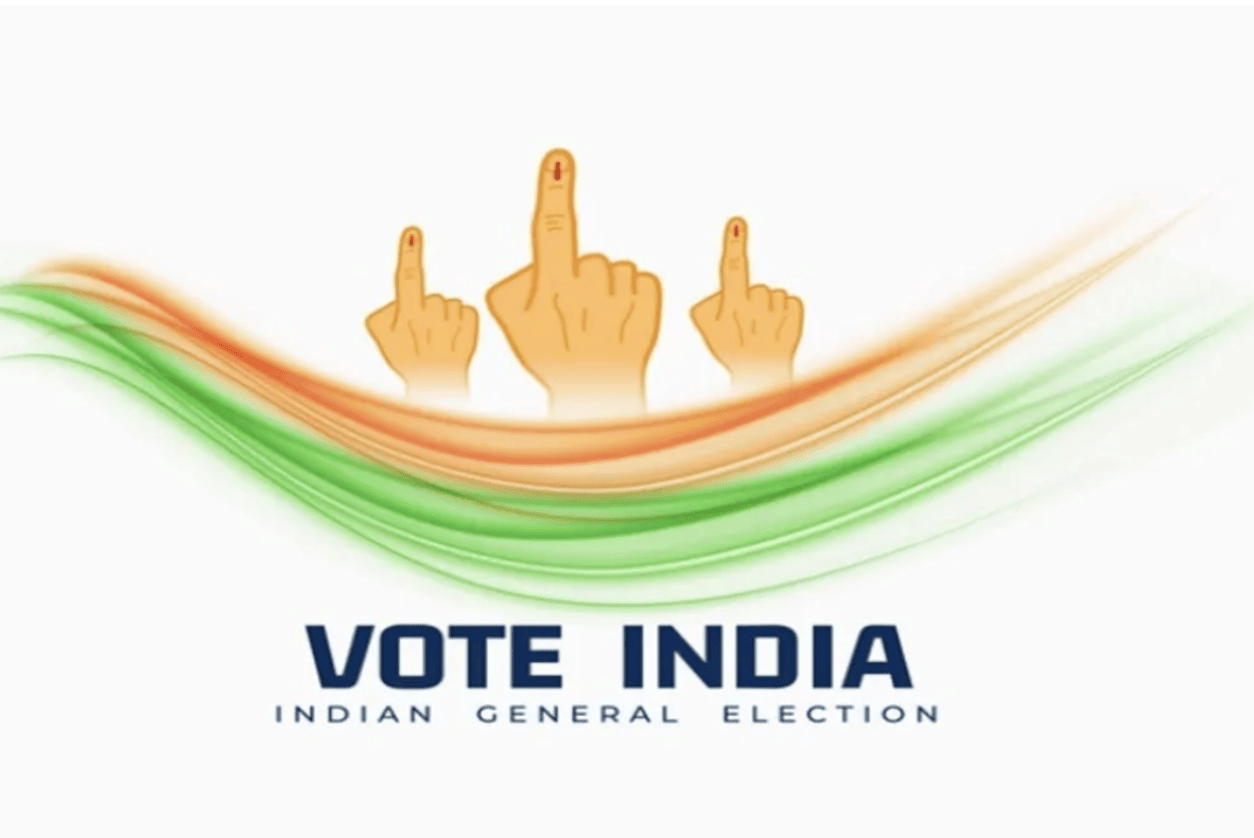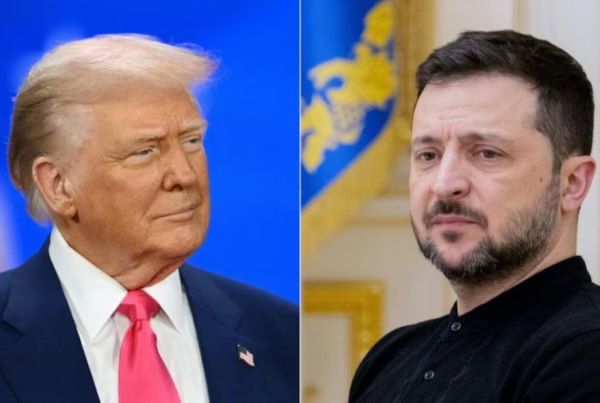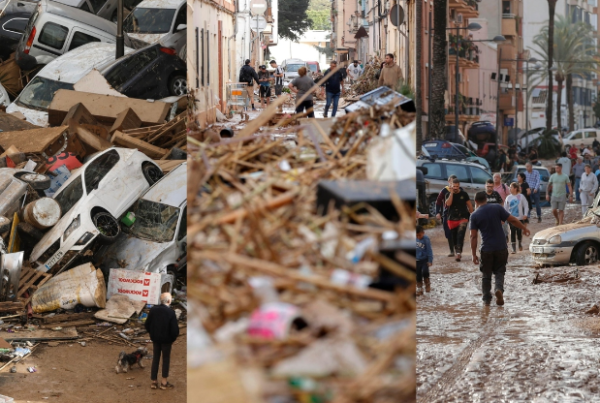From April 19th to June 1st, 969 million Indians — nearly one-eighth of the world’s population — will be eligible to vote in India’s general election, the biggest election the world has ever seen. The lengthy period ascribed to this event speaks to the immense coordination that the Indian electoral process requires. It also exemplifies how complicated it is to accurately reflect the political will of such an expansive and diverse nation.
During this time, ballots will be cast for the 543 members of the Lok Sabha (the Indian Parliament’s lower house) who will in turn elect the nation’s next prime minister. Different states are approportioned varying numbers of seats proportional to the states’ populations. Uttar Pradesh, which has the highest population at 241.4 million, has the most seats. The electoral process follows a first-past-the-post system, in which the candidate with the most votes wins. Of the 543 positions available, 131 of them are reserved for members of Parliament from Scheduled Castes and Tribes. These are the historically disadvantaged groups in Indian society that still suffer from systematic oppression and make up a quarter of the population. There is also a law that reserves a third of the seats for women, but it was recently passed and its effective implementation will take a couple more years.
At the moment, Prime Minister Narendra Modi’s party, the Bharatiya Janata Party (BJP), and its coalition, the National Democratic Alliance, is in government. They rose to power in 2014 and, having overwhelmingly won the last general election in 2019, have been the dominant political party for the past decade. If they win again, Prime Minister Modi will tie with former Prime Minister Jawaharlal Nehru for the record of most terms in office — three, totaling fifteen years in charge. To achieve this goal though, the BJP must defeat its largest challenger, the Indian National Developmental Inclusive Alliance (INDIA), which is spearheaded by the Congress Party. The Congress was the nation’s ruling political faction for over fifty years. It is currently led by Mallikarjun Kharge, a member of the Rajya Sabha — the Indian Parliament’s upper house. Other crucial members include Rahul and Priyanka Gandhi, the children of former Prime Minister Rajiv Gandhi.
The Congress Party champions a dream of a “progressive, liberal and secular India,” according to Kharge. Such an aim stands at direct opposition to the BJP’s Hindu-nationalist agenda, which promotes a redefinition of Indian identity under Hinduism and thus marginalizes ethnic and religious minorities of the country. Under Modi’s rule, the civil liberties of disadvantaged Indians have been systematically diminished, and members of these groups are essentially reduced to “second-class citizens.” Muslims are particularly targeted, and human rights organizations have witnessed rising violence against them every year. The nation has thus been downgraded by the influential V-Dem Institute from an electoral to an illiberal democracy.
The Congress’s platform seeks to counter this narrative by establishing itself as a bulwark against this democratic backsliding. As a result, they advocate for a liberal framework with an emphasis on reducing unemployment, increasing welfare payments, and creating more opportunities for the lower classes. Although these aims are appealing, ideological differences and inconsistent priorities create an environment inhibitive to effective decision-making; for example, the INDIA coalition has not even decided on its candidate for prime minister yet. Such splintering and disagreements hinder INDIA’s image, and skews public opinion away from them. Consider how 59 percent of Indians said that BJP’s Modi would make their life better, but only 21 percent believed the Congress’s Rahul Gandhi would.
In fact, based on public opinion polling, the BJP faces little competition — 85 percent of the population maintained that they would always vote for them, regardless of who the specific candidate was in their constituency. Furthermore, despite the aforementioned erosion of civil and political rights that occurred under his rule, 80 percent of Indians are satisfied with Prime Minister Modi. He has the highest approval rating of all major world leaders. In fact, India is one of the only nations in which the university-educated elites support the right-wing populist leader more than those who did not attain higher education.
Scholars argue that such trends are reasonable, considering how the BJP has enacted domestic policies that have improved the nation’s system of governance. For example, they have introduced welfare programs that provide free grain to 800 million of India’s lower-income families. Like the Congress Party, addressing rampant unemployment has become a central part of the BJP’s platform too, and this commonality is logical considering how job creation is the number one issue for voters. Moreover, under Modi, India’s global standing has immensely improved — perhaps the most evident change. There are numerous examples of this, whether it be through forging closer ties with the United States, hosting a G20 summit, or placing a rover on the moon. Such developments have had significantly positive effects. In economic terms, better international standing attracts foreign investment. There are also ideological implications, as this evolution can engender feelings of patriotism towards the nation and thus allegiance towards Modi, who is credited as the one who made such changes possible.
All in all, India’s 2024 elections represent a critical juncture in the nation’s democratic journey. With the eyes of the world upon them, Indians will wield their collective power to shape the future trajectory of their country.
Other posts that may interest you:
- The Trouble with ‘Ecocide’
- Carbon dioxide removal – hit or miss?
- Local Victories for Turkish Opposition — A Sign of Hope?
- Are France and Japan a Mismatch Made in Heaven?
- A Reflection on Dark Tourism
Discover more from The Sundial Press
Subscribe to get the latest posts sent to your email.





